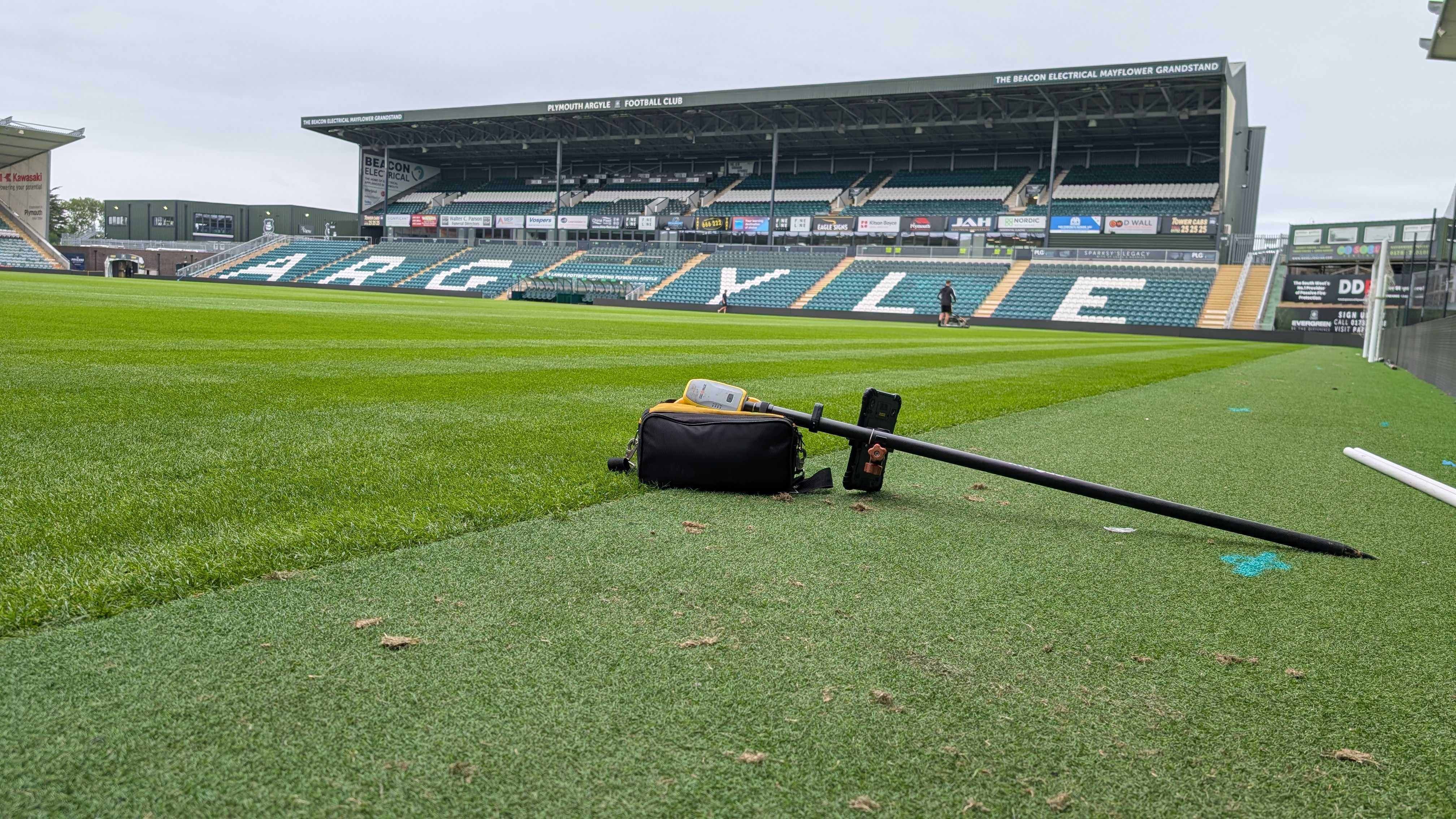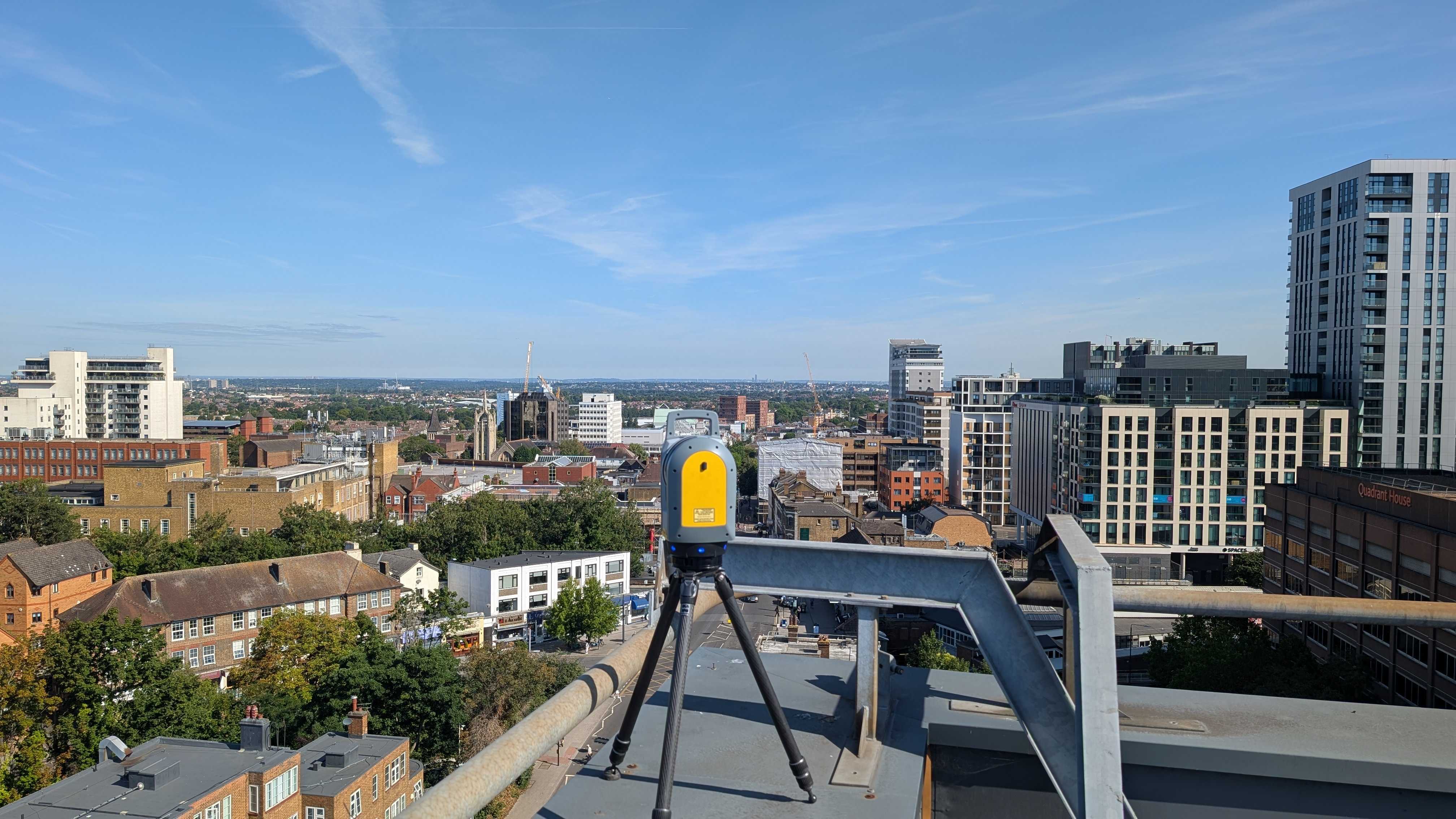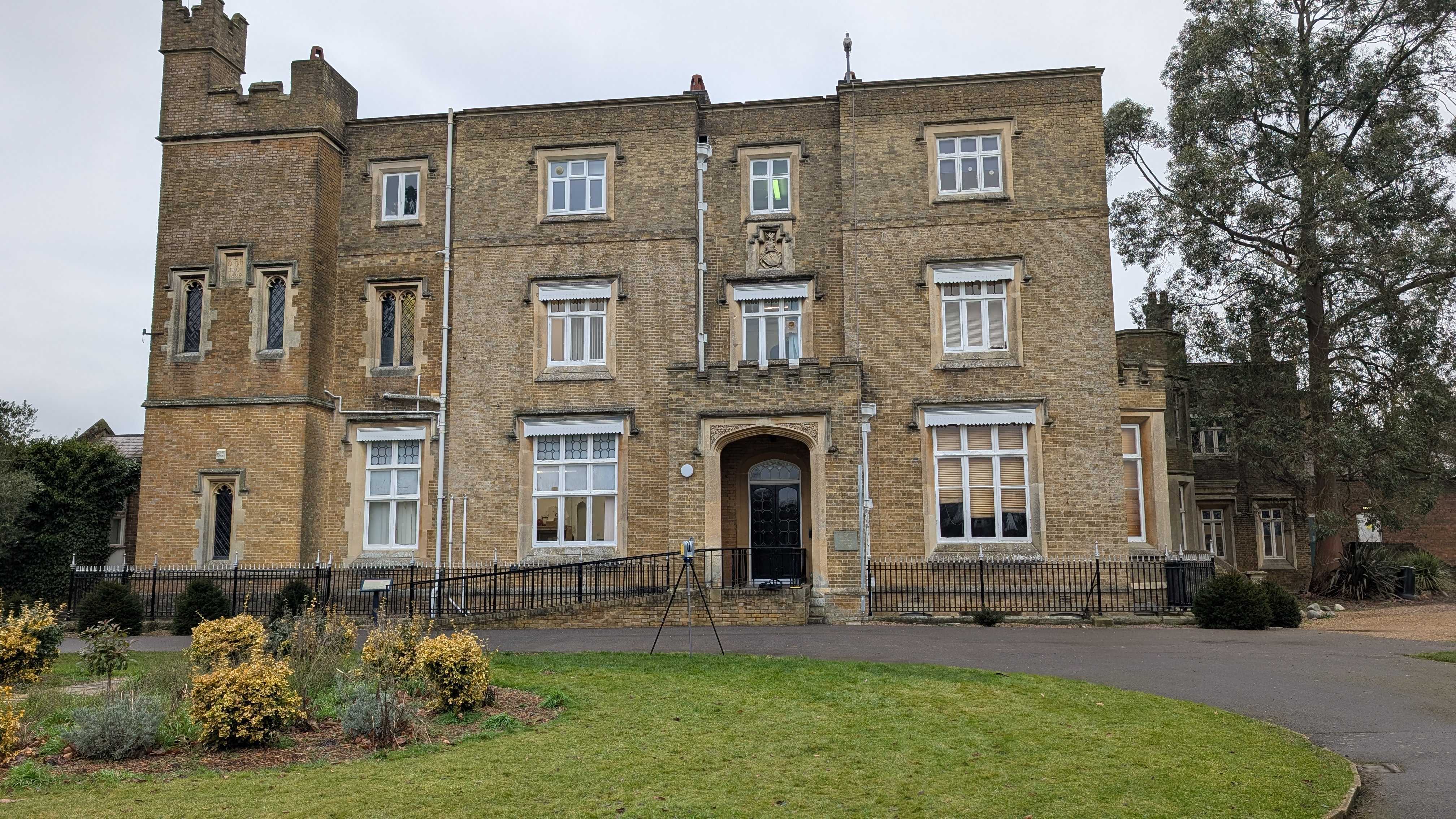You’re walking down the street, through a construction site, or even on main roads, when you notice bright-coloured paint markings on the ground.
They seem random—sometimes lines, sometimes symbols—but they clearly have a purpose. If you've ever wondered what these markings mean or why they appear seemingly out of nowhere, you're not alone.
These painted markings are not graffiti; they’re an essential part of surveying and construction planning. Surveyors, utility companies, and construction teams use them to map out underground utilities, define property boundaries, and mark key locations for future work.
In this blog, we’ll decode the mystery behind survey markings, explaining why they’re used, what the different colours mean, and what to do if you find them on your property.
What Are Survey Markings and Why Are They Used?
Survey markings are temporary paint markings or flags placed on the ground to convey critical information about a site. These markings help identify underground utilities, property boundaries, or planned construction areas, ensuring that projects proceed safely and accurately.
Digging in the wrong place without knowing what lies below can result in serious safety hazards, costly repairs, and service disruptions. The primary reason survey markings are used is to prevent accidental damage to underground infrastructure. Many essential services—electricity, gas, water, telecommunications, and sewer lines—are buried beneath the surface.
Survey markings also guide construction projects and property transactions. They outline building footprints, indicate elevation changes, and help define legal property lines. Whether it's a homeowner planning to build a fence, a city upgrading its roads, or a developer preparing for a new commercial project, survey markings ensure that everything is positioned correctly from the start.
Understanding the Colour Code: What Do the Different Paint Colours Mean?
Survey markings follow a colour system to indicate different types of underground utilities and planned construction work.
Here’s a breakdown of what each colour typically represents:
Red – Electrical power lines and cables. These markings warn workers of underground electrical infrastructure, helping prevent dangerous contact with live wires.
Yellow – Gas, oil, petroleum, or other gaseous materials. Striking a gas line can lead to serious hazards, including leaks or explosions, making these markings crucial for safety.
Blue – Potable (drinking) water lines. These markings indicate underground water pipes, helping avoid disruptions to water supply during construction.
Green – Sewer and drainage lines. Damage to these pipes can result in costly repairs and environmental hazards, so these markings help crews avoid accidental excavation near wastewater systems.
Orange – Communication, alarm, signal lines, cables, or conduits. These include telephone, internet, and emergency service lines, which are essential for connectivity and public safety.
Purple – Reclaimed water, irrigation, and slurry lines. This indicates non-potable water sources, often used for industrial processes or landscaping irrigation.
Pink – Temporary survey markings. Surveyors use pink to highlight reference points or measurements for ongoing projects before utility markings are applied.
White – Proposed excavation or construction boundaries. White markings show where digging or construction is planned, helping ensure projects stay within designated areas.

Can You Remove or Ignore Survey Markings?
If you’ve ever spotted spray-painted lines you might have wondered whether you can simply wash them away. However, removing or ignoring survey markings can have serious consequences, both legally and practically.
Survey markings are placed for a reason—they provide crucial information about underground utilities, property boundaries, and planned construction. Tampering with or removing these markings could lead to safety hazards, project delays, or even legal repercussions.
Most survey markings are temporary and will naturally fade over time due to weather, traffic, or project completion. If you are unsure why the markings are there, it’s best to check before attempting to remove them. You can contact your local surveying company, such as Intersect Surveys, to find out more about the markings on your property.
What to Do If You See Survey Markings on Your Property
If you notice survey markings on your driveway, lawn, or business property, your first instinct might be to wonder why they’re there and whether they affect you. So, here’s what Intersect Surveys suggest to do!
- Identify Who Placed the Markings
Survey markings are typically left by utility companies, land surveyors, or construction crews preparing for a project. If you didn’t request a survey yourself, check for any nearby signs of upcoming work, such as roadworks, excavation equipment, or notices from local authorities.
- Determine If the Markings Impact You
In most cases, survey markings are placed for safety and planning purposes rather than to indicate a direct change to your property. However, if they are near property boundaries, they could be related to a neighbour’s construction project or a land dispute.
- Avoid Disturbing the Markings
Even if the markings are on your private property, removing or covering them could create problems—especially if they relate to an active project. Since these markings help prevent damage to underground utilities and ensure construction accuracy, it’s best to leave them intact until the work is complete.
- Need More Information? Contact a Professional
If you’re uncertain about what the markings mean or whether they affect your property, it’s always best to consult an expert.
At Intersect Surveys, we provide professional surveying services to homeowners, businesses, and contractors, helping you understand property boundaries, land features, and underground utilities.
If you need a survey or have questions about markings on your property, get in touch with us today!
FAQs
1. What do the different paint colours on the ground mean?
Survey markings follow a standardised colour code to indicate different types of underground utilities or planned work. For example, red represents electrical power lines, yellow indicates gas or oil pipelines, and blue marks potable water lines.
2. How long do survey markings last?
Most survey markings are temporary and will fade over time due to weather, foot traffic, and natural wear. Depending on the type of paint used and environmental conditions, markings can last anywhere from a few weeks to several months.
3. Can I remove survey markings from my property?
It’s generally not recommended to remove survey markings, especially if they are related to an active project or underground utilities. Removing them could lead to safety hazards, legal issues, or project delays. If you’re unsure about the purpose of the markings on your property, it’s best to contact a professional surveying company, like Intersect Surveys.








